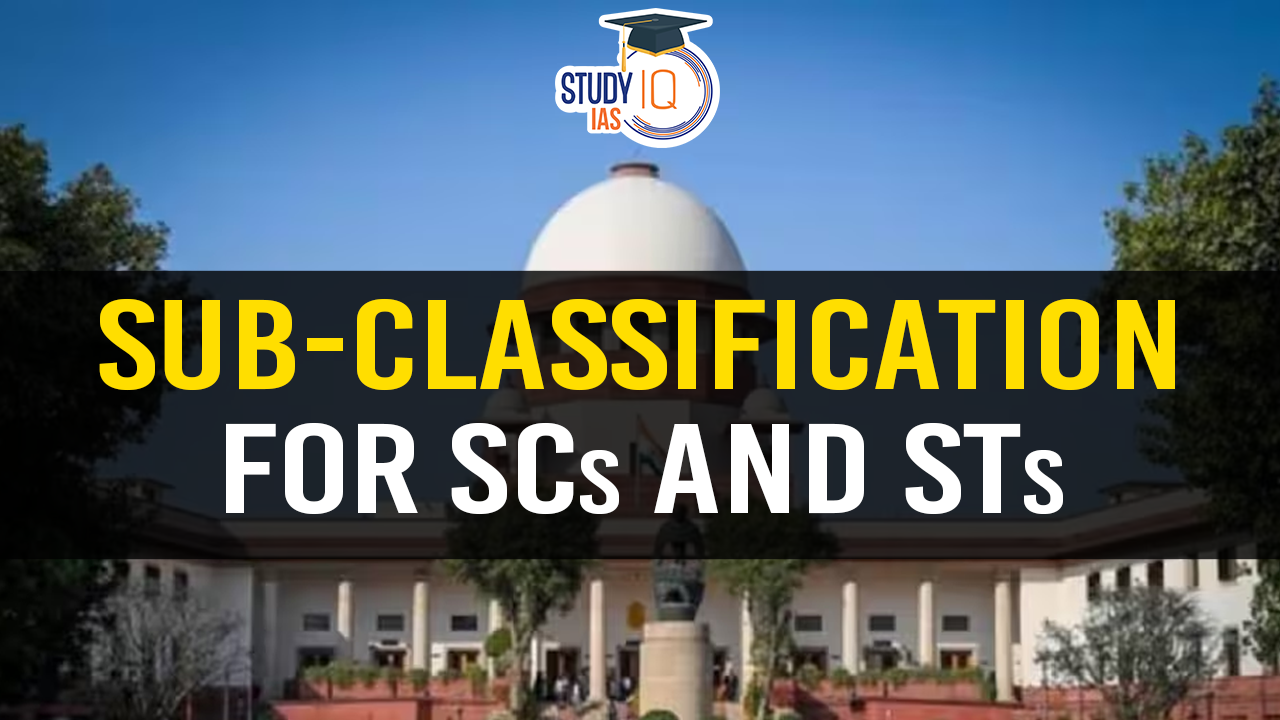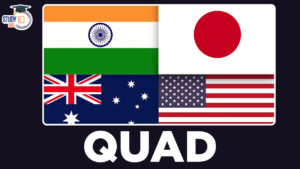Table of Contents
Sub-Classification for SCs and STs
In a landmark decision, the Supreme Court of India has ruled that sub-classification of Scheduled Castes (SCs) and Scheduled Tribes (STs) is permissible for reservation. This ruling, delivered by a seven-judge Constitution bench led by Chief Justice D.Y. Chandrachud, marks a significant shift in India’s approach to affirmative action and social justice.
Background of Sub-Classification for SCs and STs
The Supreme Court’s verdict overturns its 2005 judgment in EV Chinnaiah v. State of Andhra Pradesh, which held that SCs notified under Article 341 of the Constitution formed a homogenous group that could not be sub-divided further. This new ruling acknowledges the heterogeneity within SCs and STs and permits states to create sub-categories to ensure more equitable distribution of reservation benefits.
Key Points of SC Judgment on Quota in Quota
- Permissibility of Sub-Classification: The Supreme Court’s decision allows states to make sub-classifications within SCs and STs to provide additional quotas for more disadvantaged groups within these categories. This acknowledges that different sections within SCs and STs experience varying levels of deprivation and discrimination.
- Requirement of Empirical Data: States must base sub-classification on quantifiable and demonstrable data. This requirement ensures that sub-classifications are made on a solid empirical basis, preventing arbitrary or politically motivated decisions.
- Judicial Review: Decisions regarding sub-classification are subject to judicial review. This oversight ensures that the process remains transparent and accountable, safeguarding against misuse.
- Exclusion of the Creamy Layer: The judgment emphasizes the need to identify and exclude the creamy layer within SCs and STs from reservation benefits. This ensures that the most deprived sections receive the intended support.
Historical Context
The issue of sub-categorization has been a longstanding topic of debate in India’s political and legal systems. A significant case in this context is the Punjab Scheduled Caste and Backward Classes (Reservation in Services) Act, 2006, which stipulated preferential treatment for Balmikis and Mazhabi Sikhs. This provision was struck down by the Punjab and Haryana High Court in 2010, citing the EV Chinnaiah judgment. The current Supreme Court ruling overturns this precedent, allowing for more nuanced and equitable reservation policies.
Implications for Social Justice
Equitable Distribution of Benefits
The Supreme Court’s decision aims to ensure that reservation benefits are distributed more equitably among the various sub-groups within SCs and STs. By recognizing that these groups are not homogenous, the judgment allows for a more targeted approach to affirmative action, ensuring that the most disadvantaged sections receive the support they need.
Addressing Intra-Class Inequalities
Reservations have historically created inequalities within the reserved categories, with certain sections benefiting disproportionately. The sub-classification ruling addresses this issue by ensuring that the benefits of reservations reach those who are most in need.
Upholding Constitutional Principles
Article 16(4) of the Constitution permits the state to make provisions for the reservation of appointments or posts in favor of any backward class of citizens that is not adequately represented in state services. The Supreme Court’s decision aligns with this provision, reinforcing the constitutional commitment to equality and social justice.
Challenges and Cautions
While the decision represents a significant step forward, it also necessitates caution in implementation. The state must ensure that sub-classification is based on robust empirical data and withstands judicial scrutiny. Arbitrary or politically motivated sub-classifications could undermine the intended benefits of the policy.
Conclusion
The Supreme Court’s ruling on the sub-classification of SCs and STs marks a pivotal moment in India’s approach to social justice and affirmative action. By allowing for more nuanced and equitable distribution of reservation benefits, the decision seeks to address longstanding inequalities within these groups. However, careful implementation and robust empirical support are crucial to ensuring that the policy serves its intended purpose and truly benefits the most disadvantaged sections of society.


 Dalai Lama Confirms He will have a Succe...
Dalai Lama Confirms He will have a Succe...
 Transforming Remittances Landscape in In...
Transforming Remittances Landscape in In...
 QUAD Countries: Members, Objectives, Imp...
QUAD Countries: Members, Objectives, Imp...





















